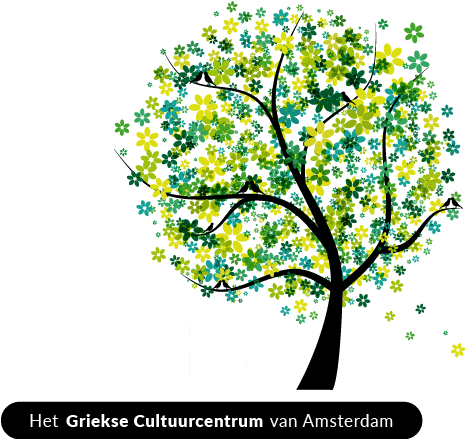No products in the basket.
Greek Easter in White background!
Easter is just around the corner, just like the fever of preparations. Especially in Greece it is one of the most important celebrations of the year and is distinguished by its strong religiosity and its family character.
Welcoming Easter with white colour!
Because of the season, everyone is attempting a small escape to the countryside where all the customs of the Greek countryside survive magnificently!
One of these is the so-called “whitewashing” or “lime stoning” of the yards. And not only. By the time Holy Week arrives everything is white: courtyards, streets, houses, terraces, and even the trunks of trees.
The white is intertwined with the pure, the shiny, the simple. That is why, from the old days, “milking”, as it was called, was a very common habit, which in the long run was also transformed into tradition. The homes were whitewashed at least three times a year (Christmas, Easter, August 15). And in this way people welcomed the great celebration, whichever of the three it was.

The habit which turned into a tradition
Lime was a cheap, easy to use material and did not require any particular technique. The proportions were always relevant: the first time was thinner and the second was thicker.
To make the colour even brighter, indigo and a handful of thick salt were added to keep it stick to the walls when touched.
They made the mixture in big containers and with a long and hard brush, they started the work. People chose for this work the hours when almost everybody was away from home and the road was not very busy. And when they were finished, they were always vigilant, so as no pedestrian would pass and dirty the freshly whitewashed terraces.
The housewives competed for who would make the most straight lines or the most groomed work. But the main purpose was for the house to be clean and cared for when the Epitaph would pass on Good Friday. This moment was blessed, so everything had to be clear.
Whitewashing in refugee neighbourhoods
These things have changed a bit now, but surely in the more traditional societies, we still meet them. Both on the islands as well as in the rest of Greece.
Many claim that the custom began on the islands, as the white colour reflects the sunlight and keeps the houses cooler in the summer. It is certainly an explanation, but perhaps not the only one.
Many historical events helped to spread this habit.
When the Greeks of Smyrna arrived in 1922, those accustomed to a richer way of life were looking for ways to make their homes look beautiful and clean. Starting always from the outside as that provided the first impression. They cleaned, removed the wild greens, planted flowers and whitewashed the hilly houses they had been given. Lime was the cheapest and most well-known means at the time.
For their part, the Greeks from Greece had not seen the refugees’ invasion of their daily lives with a favourable eye, and they were often rude and ridiculed the housewives which they called “pastic” (ie those who have a mania with cleanliness). In the course of time, the differences have been overcome and the word has taken another meaning. Later it was used for the women who worked at night, doing “naughty” jobs.
Whitewashing and public health
In 1938, a cholera epidemic forced the authorities to impose whitewash with lime, which was considered to be highly disinfecting, at a time when few means were available. Then for the first time everything was whitewashed: houses, courtyards, streets, walls, even henhouses and barns. Then “whitewashing” came into the life of everyone.
White houses on a blue background: the attractive touristic model!
Next, the Greek islands were slowly discovered by tourism: Santorini, Mykonos … Stone and sea. People lived poorly, but cleanliness was not lacking from their homes. The white, unlike the blue of the sea and the sky, became the trademark of the time and of the islands. It enthralled the visitors, who took these impressions with them to the edge of the world, bringing more tourists.
And so the times changed, but the tradition remained. Today there are more means, but tradition remains strong.
For the housewives, whitewashing remains the easy solution, offering cleanliness and disinfection at the same time, while farmers still believe that lime on the trunks of trees kills all the germs.
A further advantage is that during the summer months it helps to keep the inside of the house cooler.
However, whatever the cause, we still enjoy the aesthetic result, which for many of us is also a primitive but unprecedented experience.
© Lato,
Het Griekse Taal– & CultuurCentrum van Amsterdam



